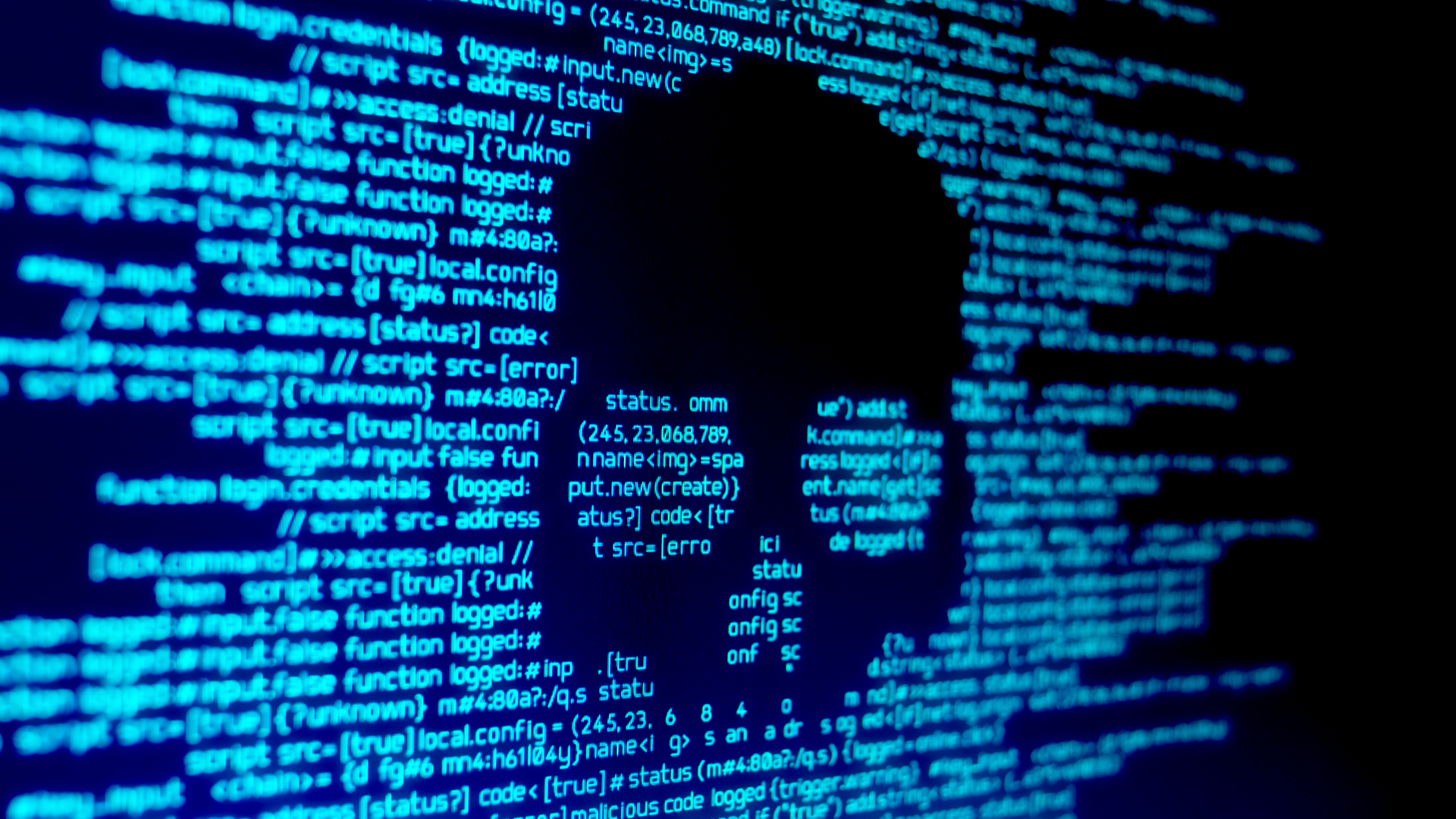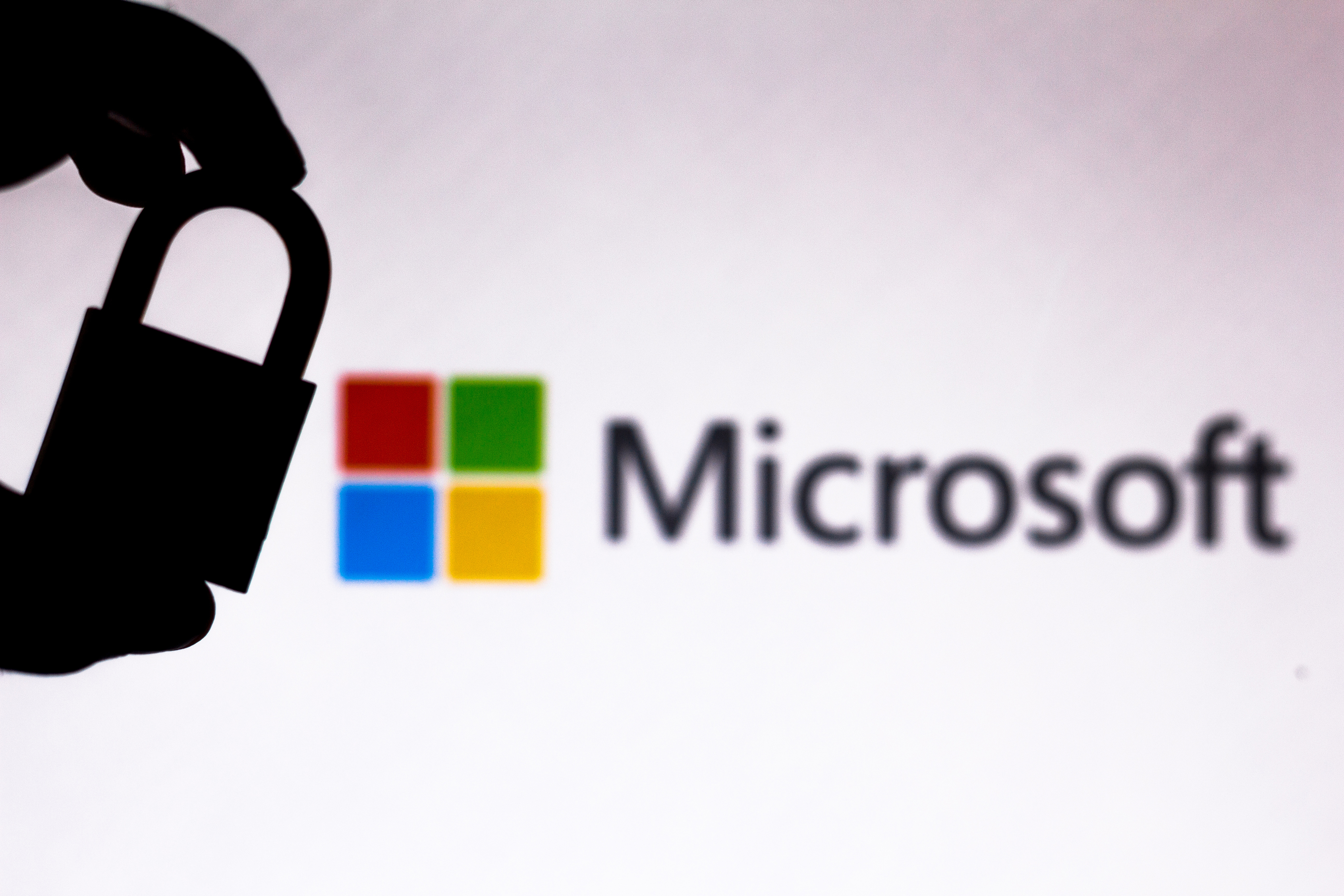Windows devices targeted by PuzzleMaker malware exploiting Chrome zero-day flaw
Chain of vulnerabilities used to attack multiple companies worldwide


Security researchers have warned about PuzzleMaker, a new hacking group that is using a series of Google Chrome and Windows 10 exploits to attack organizations worldwide.
According to reports, researchers first observed the attacks in mid-April. These attacks, which were highly targeted against companies worldwide, used a chain of Google Chrome and Microsoft Windows zero-day exploits.
Researchers failed to find an exploit used for remote code execution (RCE) in Chrome but found and analyzed an elevation-of-privilege exploit used to escape the sandbox and obtain system privileges.
As researchers didn't find the RCE in Chrome, they looked elsewhere and discovered a possible candidate. On April 12, Chromium developers committed two (issue 1196683, issue 1195777) Typer-related bug fixes to the open source repository of V8 — a JavaScript engine used by Chrome and Chromium web browsers. This was after a team in a Pwn2Own competition demonstrated successful exploitation of the Chrome renderer process using a Typer Mismatch bug.
"One of these bug fixes (issue 1196683) was intended to patch a vulnerability that was used during Pwn2Own, and both bug fixes were committed together with regression tests – JavaScript files to trigger these vulnerabilities," said researchers.
Researchers said a user with the Twitter handle @r4j0x00 later published a working remote code execution exploit on GitHub.
RELATED RESOURCE

Enabling operational resiliency with Veritas
Boost your DX goals with data and infrastructure insights
Following the use of this exploit, hackers then used another exploit to abuse Windows Notification Facility (WNF) with a Windows NTFS privilege escalation bug (CVE-2021-31956) to execute code with system privileges on compromised Windows 10 systems.
Sign up today and you will receive a free copy of our Future Focus 2025 report - the leading guidance on AI, cybersecurity and other IT challenges as per 700+ senior executives
This enabled hackers to access the victim's system and execute four malware modules; these were stager, dropper, service, and remote shell modules.
The stager checks if exploitation is successful. If so, it downloads a dropper module from a C2 server. The dropper module installs two executables that pretend to be legitimate Windows files. The first file is registered as a service and used as a launcher for the second executable. The second file is used as a remote shell and is the attack's main payload.
"The remote shell module has a hardcoded URL of the C&C server inside (media-seoengine[.]com). All the communication between the C&C server and client is authorized and encrypted. The remote shell module is able to download and upload files, create processes, sleep for specified amounts of time and delete itself from the compromised machine," said researchers.
Researchers warned the malware doesn't appear to have any strong connections to other threat actors. Organizations have been urged to apply all patches to affected systems as soon as possible.
Rene Millman is a freelance writer and broadcaster who covers cybersecurity, AI, IoT, and the cloud. He also works as a contributing analyst at GigaOm and has previously worked as an analyst for Gartner covering the infrastructure market. He has made numerous television appearances to give his views and expertise on technology trends and companies that affect and shape our lives. You can follow Rene Millman on Twitter.
-
 Gender diversity improvements could be the key to tackling the UK's AI skills shortage
Gender diversity improvements could be the key to tackling the UK's AI skills shortageNews Encouraging more women to pursue tech careers could plug huge gaps in the AI workforce
-
 Researchers claim Salt Typhoon masterminds learned their trade at Cisco Network Academy
Researchers claim Salt Typhoon masterminds learned their trade at Cisco Network AcademyNews The Salt Typhoon hacker group has targeted telecoms operators and US National Guard networks in recent years
-
 The threat prevention buyer's guide
The threat prevention buyer's guideWhitepaper Find the best advanced and file-based threat protection solution for you
-
 Supply chain as kill chain
Supply chain as kill chainWhitepaper Security in the era Zero Trust
-
 Microsoft under fire for “negligent” security practices in scathing critique by industry exec
Microsoft under fire for “negligent” security practices in scathing critique by industry execNews Microsoft took more than 90 days to issue a partial fix for a critical Azure vulnerability, researchers found
-
 Apple patches zero day linked to spyware campaign
Apple patches zero day linked to spyware campaignNews Kaspersky researchers were the first to report a zero day used in a sophisticated attack chain
-
 MOVEit cyber attack: Cl0p sparks speculation that it’s lost control of hack
MOVEit cyber attack: Cl0p sparks speculation that it’s lost control of hackNews The hackers return with their second major data-extortion attack of 2023, but may have bitten off more than they can chew
-
 Microsoft says it knows who was behind cyber attacks on MOVEit Transfer
Microsoft says it knows who was behind cyber attacks on MOVEit TransferDozens of organizations may have already lost data to hackers exploiting the critical flaw
-
 Trend Micro security predictions for 2023
Trend Micro security predictions for 2023Whitepaper Prioritise cyber security strategies on capabilities rather than costs
-
 Windows, macOS, and Tesla exploits debuted at Pwn2Own hacking contest
Windows, macOS, and Tesla exploits debuted at Pwn2Own hacking contestNews Researchers took home more than $375,000 in winnings on the first day of the competition
